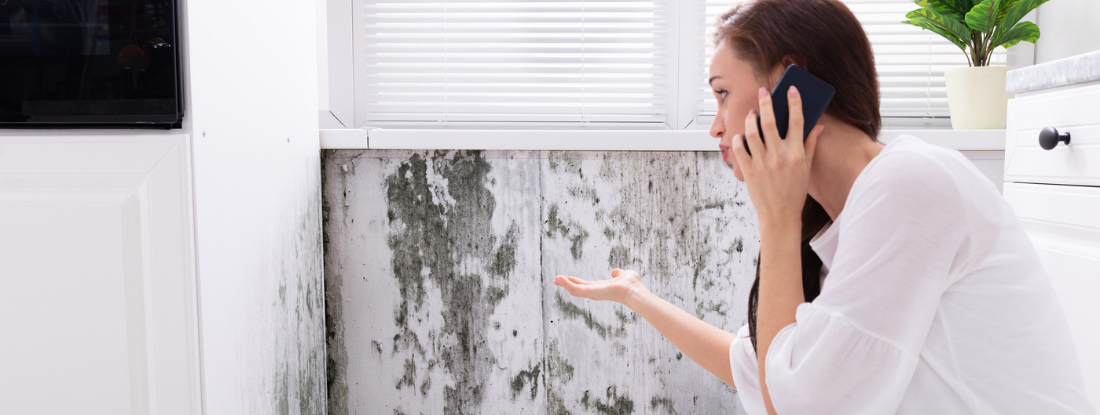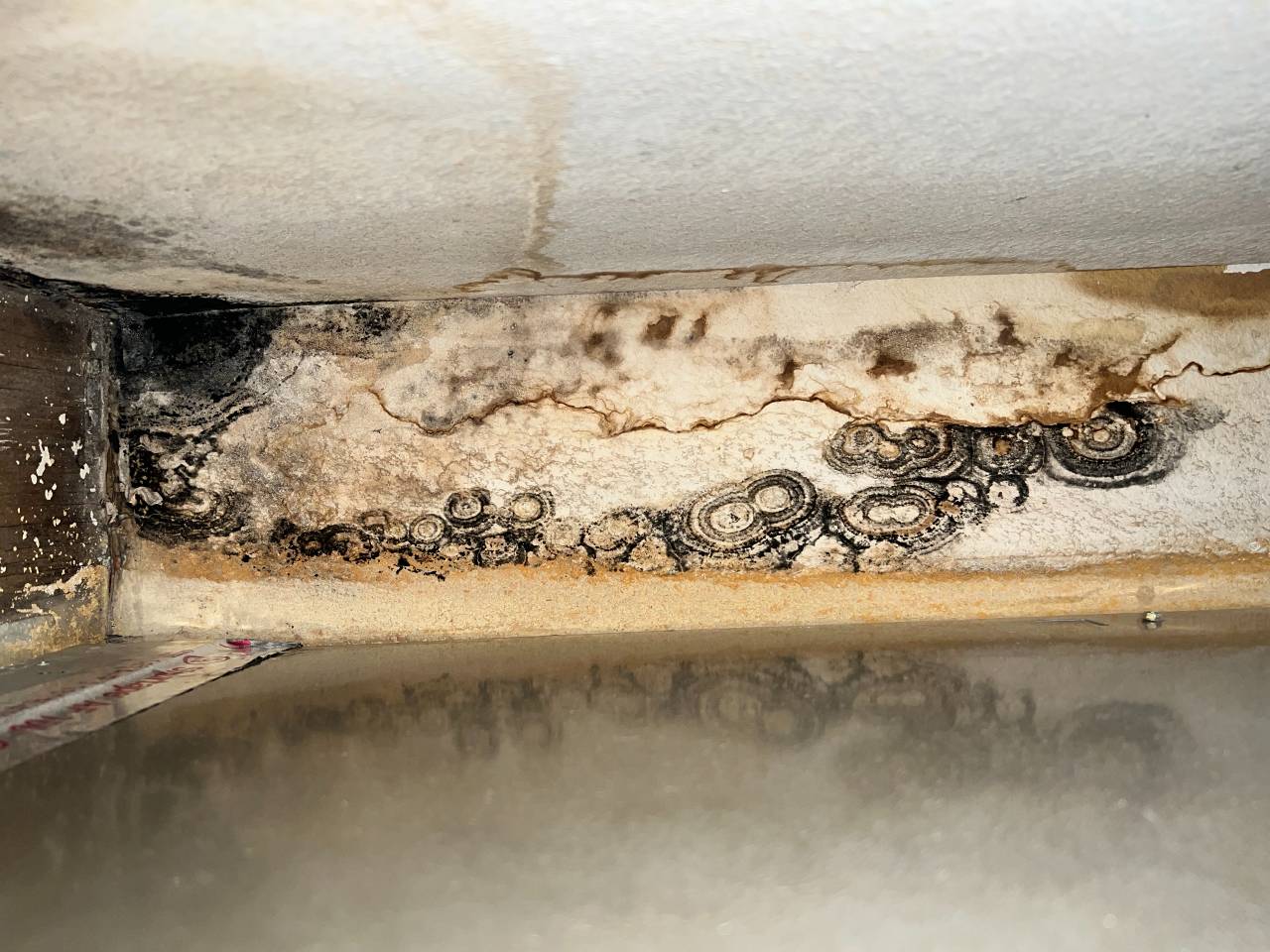Specialist Tips for Message Mold And Mildew Removal Success
In the world of mold removal, successfully eradicating mold and mildew is just half the fight; truth challenge lies in preventing its reappearance. Post-remediation initiatives play a crucial duty in making sure a mold-free setting in the lengthy term. By sticking to expert ideas and best techniques, individuals can guard their spaces versus mold rebirth and keep a healthy and balanced indoor setting. It is in this stage of the removal procedure that attention to information and proactive measures absolutely make a difference.
Monitor Moisture Levels Routinely
Normal tracking of moisture degrees is important in making certain the effectiveness of article mold and mildew removal initiatives. After completing mold remediation treatments, keeping optimal humidity levels is crucial to avoid mold re-growth and ensure a healthy and balanced interior environment. Surveillance humidity levels enables very early detection of any spikes or fluctuations that might potentially lead to mold and mildew revival. High moisture levels over 60% develop a conducive environment for mold to flourish, making regular checking an aggressive measure to avoid any future mold issues - what to do after mold remediation.
Using hygrometers or moisture meters can aid in precisely measuring moisture levels in different areas of the building. These devices offer real-time information that allows removal professionals to make enlightened decisions concerning air flow, dehumidification, and various other needed activities to keep ideal moisture levels post-remediation. Furthermore, developing a regular schedule for humidity checks, particularly in high-risk areas such as cellars, kitchens, and washrooms, is an aggressive strategy to mold avoidance. By constantly monitoring moisture degrees, residential or commercial property proprietors can properly reduce the risk of mold reoccurrence and maintain a healthy and balanced indoor atmosphere post-remediation.
Conduct Thorough Inspections Post-Remediation
Complying with the completion of mold and mildew remediation treatments, it is imperative to conduct extensive examinations to confirm the effectiveness of the remediation process. These post-remediation evaluations are crucial in making sure that the mold concern has actually been effectively attended to which there is no reappearance or remaining mold and mildew growth. Evaluations must be executed by certified specialists that have knowledge in determining mold and analyzing interior air quality.
During these evaluations, various approaches such as aesthetic analyses, air tasting, and surface tasting might be employed to thoroughly review the remediated areas. Visual analyses involve a detailed assessment of the premises to look for any kind of visible indicators of mold development or water damages. Air sampling aids in determining the airborne mold and mildew spore levels, while surface area tasting can find mold particles on surfaces.
Implement Correct Air Flow Methods
After making sure the performance of the mold removal process via comprehensive evaluations, the next essential step is to focus on applying correct air flow approaches. Sufficient air flow is crucial in preventing mold and mildew reoccurrence by managing moisture levels and promoting air circulation.
Proper air flow not only help in stopping mold development but also adds to the general wellness and comfort of owners. By ensuring appropriate air flow throughout the residential property, you can lower the risk of mold and mildew regrowth and produce a much healthier living atmosphere.

Use Mold-Resistant Materials for Repairs
To boost the long-term efficiency of mold removal initiatives, incorporating mold-resistant materials for fixings is critical in minimizing the Our site threat of future mold development. Mold-resistant products are created to endure wetness and hinder mold growth, making them a vital option for locations susceptible to moisture and humidity. When fixing locations affected by mold, using products such as mold-resistant drywall, mold-resistant paints, and mold-resistant caulking can help protect against mold reoccurrence.
Mold-resistant drywall is an outstanding option visit here to conventional drywall in locations like basements and bathrooms where wetness degrees are higher. This kind of drywall has a special coating that stands up to mold development also when revealed to damp conditions. In addition, using mold-resistant paints containing antimicrobial agents can even more prevent mold and mildew advancement on wall surfaces and ceilings.
In areas where wetness prevails, such as kitchens and restrooms, using mold-resistant caulking around bathtubs, windows, and sinks can assist seal out water and protect against mold from taking hold in splits and gaps. By investing in these mold-resistant materials during fixings post-remediation, you can dramatically lower the chance of future mold and mildew issues and maintain a healthier interior atmosphere.
Maintain Cleanliness and Address Water Issues
After mold remediation, it is vital to keep a tidy environment to stop the regrowth of mold and mildew. Leakages, water breach, or website here high humidity levels can create the ideal breeding ground for mold and mildew, so it is imperative to repair any type of water-related issues instantly.
To keep tidiness, take into consideration making use of HEPA filters in vacuum cleaners and air cleansers to catch mold spores and avoid their flow airborne. Guaranteeing appropriate air flow in locations susceptible to moisture buildup, such as washrooms and kitchens, can help keep moisture degrees in check. By staying cautious concerning sanitation and attending to water problems immediately, you can properly stop mold reinfestation and maintain a healthy indoor environment.
Verdict

In the realm of mold and mildew removal, efficiently eliminating mold and mildew is just half the fight; the real challenge exists in preventing its reappearance. After completing mold remediation treatments, keeping optimum moisture levels is vital to prevent mold and mildew re-growth and ensure a healthy interior atmosphere. High humidity levels above 60% produce a favorable environment for mold to thrive, making routine keeping an eye on an aggressive action to protect against any kind of future mold problems.
To enhance the long-term efficiency of mold and mildew removal initiatives, integrating mold-resistant products for repair work is important in reducing the risk of future mold growth. After mold and mildew removal, it is vital to keep a tidy atmosphere to avoid the regrowth of mold and mildew.
Comments on “Essential Actions After Mold Remediation”